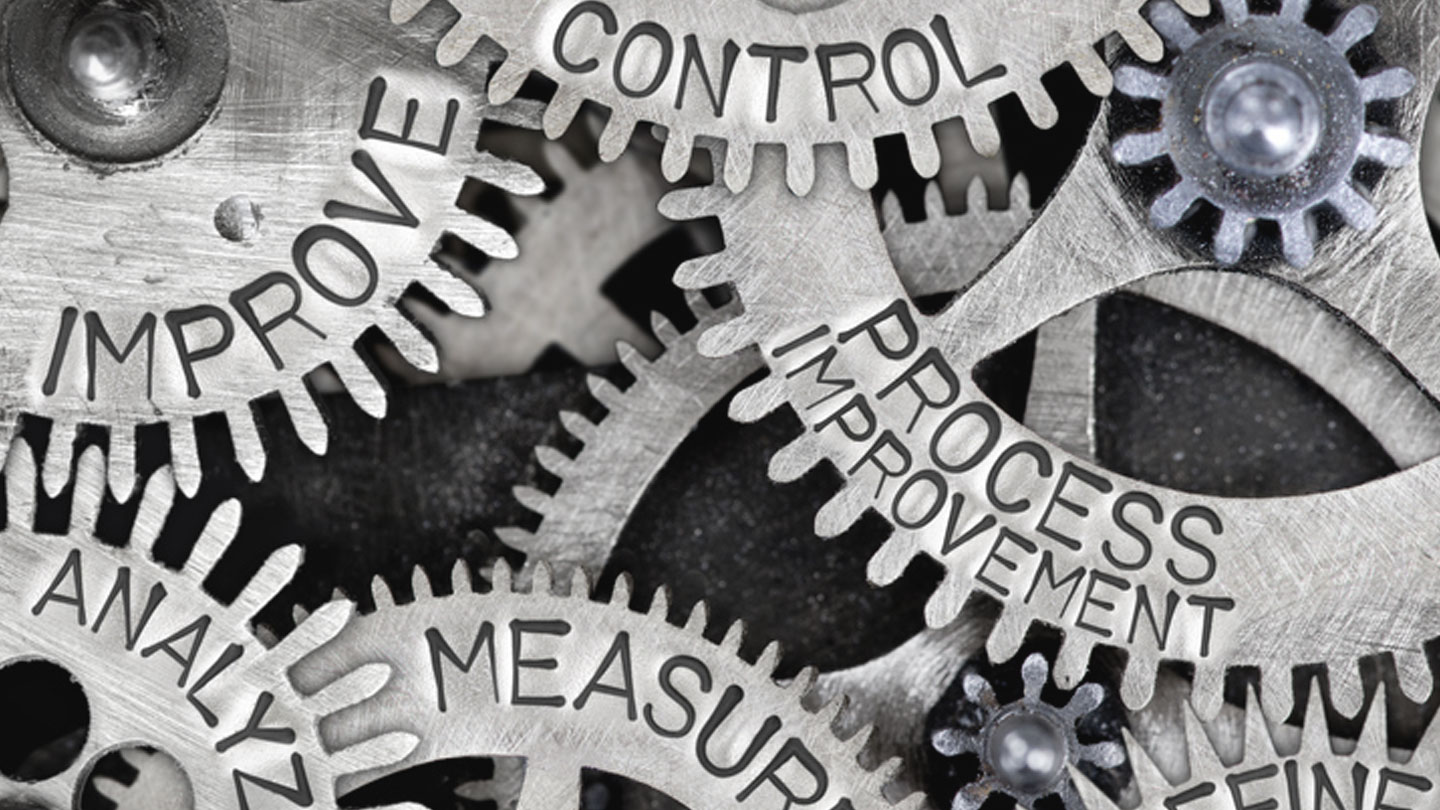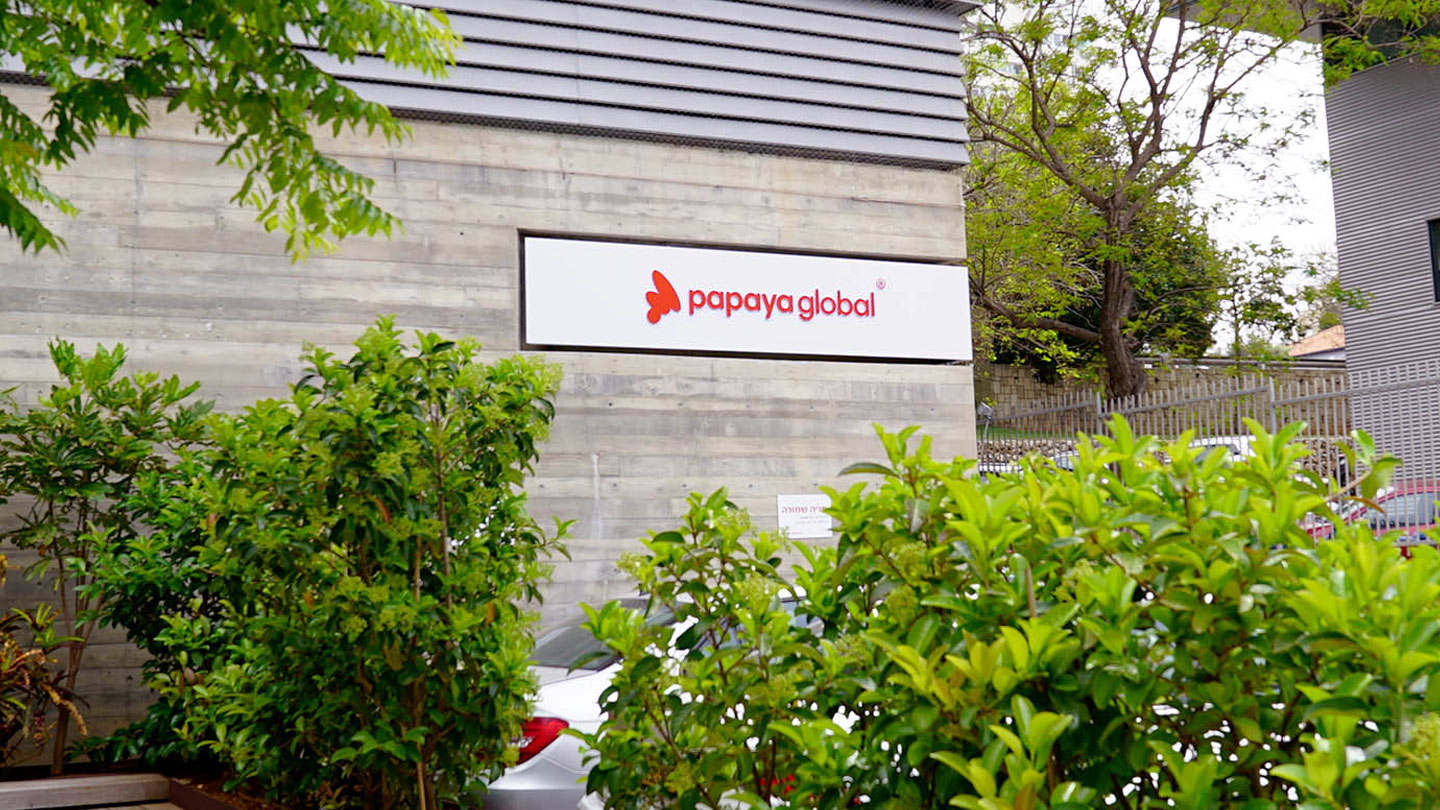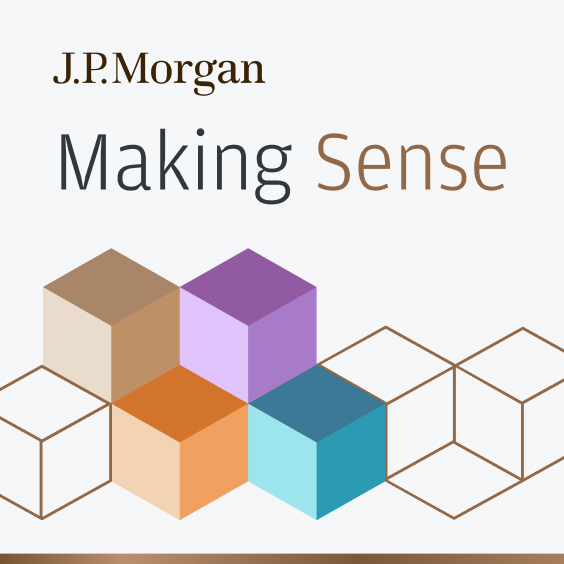From startups to legacy brands, you're making your mark. We're here to help.
-
Innovation Economy
Fueling the success of early-stage startups, venture-backed and high-growth companies.
-
Midsize Businesses
Keep your company growing with custom banking solutions for middle market businesses and specialized industries.
-
Large Corporations
Innovative banking solutions tailored to corporations and specialized industries.
-
Commercial Real Estate
Capitalize on opportunities and prepare for challenges throughout the real estate cycle.
-
Community Impact Banking
When our communities succeed, we all succeed. Local businesses, organizations and community institutions need capital, expertise and connections to thrive.
-
International Banking
Power your business' global growth and operations at every stage.
Key Links
Prepare for future growth with customized loan services, succession planning and capital for business equipment.
-
Asset Based Lending
Enhance your liquidity and gain the flexibility to capitalize on growth opportunities.
-
Equipment Financing
Maximize working capital with flexible equipment and technology financing.
-
Trade & Working Capital
Experience our market-leading supply chain finance solutions that help buyers and suppliers meet their working capital, risk mitigation and cash flow objectives.
-
Syndicated Financing
Leverage customized loan syndication services from a dedicated resource.
-
Commercial Real Estate
Capitalize on opportunities and prepare for challenges throughout the real estate cycle.
-
Employee Stock Ownership Plans
Plan for your business’s future—and your employees’ futures too—with objective advice and financing.
Key Links
Serving the world's largest corporate clients and institutional investors, we support the entire investment cycle with market-leading research, analytics, execution and investor services.
-
Institutional Investors
Putting your long-tenured investment teams on the line to earn the trust of institutional investors.
-
Markets
Direct access to market leading liquidity harnessed through world-class research, tools, data and analytics.
-
Prime Services
Helping hedge funds, asset managers and institutional investors meet the demands of a rapidly evolving market.
-
Global Research
Leveraging cutting-edge technology and innovative tools to bring clients industry-leading analysis and investment advice.
-
Securities Services
Helping institutional investors, traditional and alternative asset and fund managers, broker dealers and equity issuers meet the demands of changing markets.
Key Links
Providing investment banking solutions, including mergers and acquisitions, capital raising and risk management, for a broad range of corporations, institutions and governments.
-
Center for Carbon Transition
J.P. Morgan’s center of excellence that provides clients the data and firmwide expertise needed to navigate the challenges of transitioning to a low-carbon future.
-
Corporate Finance Advisory
Corporate Finance Advisory (“CFA”) is a global, multi-disciplinary solutions team specializing in structured M&A and capital markets. Learn more.
-
Development Finance Institution
Financing opportunities with anticipated development impact in emerging economies.
-
Sustainable Solutions
Offering ESG-related advisory and coordinating the firm's EMEA coverage of clients in emerging green economy sectors.
-
Mergers and Acquisitions
Bespoke M&A solutions on a global scale.
-
Capital Markets
Holistic coverage across capital markets.
Your partner for commerce, receivables, cross-currency, working capital, blockchain, liquidity and more.
Key Links
A uniquely elevated private banking experience shaped around you.
-
Banking
We have extensive personal and business banking resources that are fine-tuned to your specific needs.
-
Investing
We deliver tailored investing guidance and access to unique investment opportunities from world-class specialists.
-
Lending
We take a strategic approach to lending, working with you to craft the fight financing solutions matched to your goals.
-
Planning
No matter where you are in your life, or how complex your needs might be, we’re ready to provide a tailored approach to helping your reach your goals.
Whether you want to invest on your own or work with an advisor to design a personalized investment strategy, we have opportunities for every investor.
-
Invest on your own
Unlimited $0 commission-free online stock, ETF and options trades with access to powerful tools to research, trade and manage your investments.
-
Work with our advisors
When you work with our advisors, you'll get a personalized financial strategy and investment portfolio built around your unique goals-backed by our industry-leading expertise.
-
Expertise for Substantial Wealth
Our Wealth Advisors & Wealth Partners leverage their experience and robust firm resources to deliver highly-personalized, comprehensive solutions across Banking, Lending, Investing, and Wealth Planning.
For Companies and Institutions
-
Commercial Banking
From startups to legacy brands, you're making your mark. We're here to help.
-
Institutional Investing
Serving the world's largest corporate clients and institutional investors, we support the entire investment cycle with market-leading research, analytics, execution and investor services.
-
Payments
Your partner for commerce, receivables, cross-currency, working capital, blockchain, liquidity and more.
-
Credit & Financing
Prepare for future growth with customized loan services, succession planning and capital for business equipment.
-
Investment Banking
Providing investment banking solutions, including mergers and acquisitions, capital raising and risk management, for a broad range of corporations, institutions and governments.
For Individuals
-
Private Bank
A uniquely elevated private banking experience shaped around you.
-
Wealth Management
Whether you want to invest on you own or work with an advisor to design a personalized investment strategy, we have opportunities for every investor.
Explore a variety of insights.
Key Links
Insights by Topic
Explore a variety of insights organized by different topics.
Key Links
Insights by Type
Explore a variety of insights organized by different types of content and media.
Key Links
We aim to be the most respected financial services firm in the world, serving corporations and individuals in more than 100 countries.
Key Links
- Insights
- Payments
- Payments Optimization
- Payment optimization: Transforming data into insight

Payment data is a valuable source of information that can be used to keep the business engine running efficiently—and also rev it up to accelerate revenue growth.
Businesses need data that is aggregated and actionable so they can monitor, support and adjust payments in their quest to differentiate themselves in the market, gain a competitive edge and ultimately increase revenue opportunities.
“You can derive very good insights from payment data about where you’re punching below your weight against your peers,” said Tony Wimmer, head of data and analytics for J.P. Morgan’s Merchant Services business. “We see payment data as an early warning system to track market and wallet share over time.”
The amount of payment data is growing, creating more competitive opportunities. By 2030, it is estimated that there will be 130 billion connected devices worldwide—refrigerators that restock themselves, cars that pay for gas and in-car services—that will automatically generate payments, creating an explosion of entry points into a business and generating masses of new customer and payment data.
"We see payment data as an early warning system to track market and wallet share over time."

Tony Wimmer
Head of Analytics & Insights, J.P. Morgan Payments
The power of data lies in combining disparate data sets to find correlations. J.P. Morgan’s Wimmer distinguishes between two different types of insights that can be gleaned from transaction data: payment insights and consumer insights. Payment insights can help businesses mostly with efficiency, while consumer insights can help with growth.
J.P. Morgan’s data-driven approach optimizes payment performance and supports merchant initiatives to protect and grow wallet and market share. The optimization framework is executed in three sequential phases designed to enhance merchants’ ability to monitor, benchmark and improve payment performance.
Beginning with the monitoring phase, J.P Morgan uses a blend of technology and human judgment to help clients detect anomalies and performance issues. Following the monitoring phase, J.P. Morgan uses a proprietary benchmarking technique to identify and quantify potential authorization, cost and fraud disputes and risk-performance improvements. The final phase—aimed at improving performance—is when the issues detected in the monitoring and benchmarking phases are resolved.
Data scientists at J.P. Morgan have developed algorithms to scan data to detect anomalies and analyze payment data to benchmark performance against the best in class. J.P. Morgan’s data analysts also scan payment data for optimization, or improvement opportunities across different levers, such as authorizations, retry strategies, data elements and cost of payments—to help businesses optimize payments.
“We are taking the headache out of the day-to-day management of this payment function,” Wimmer said.
To use payment data to its full potential, payment data needs to be integrated with other data, such as consumer demographics or location. However, due to compliance and privacy considerations, a majority of companies (59%) are not able to integrate their payment data with other streams, according to a Forbes and J.P. Morgan survey of more than 300 executives worldwide.
According to the survey, many businesses are leveraging customer payment activity for growth-generating insight only when they collect information as part of a branded loyalty program. This means they are not able to cross-reference customer information and not using the full potential of data for insights. In addition to optimizing payment acceptance, J.P. Morgan uses its data-driven approach to help its clients better understand consumer behavior and grow wallet and market share.
When used in aggregate—and in an anonymized format to comply with privacy standards—payment data can provide businesses with valuable insights while meeting compliance requirements and maintaining high security standards. In fact, security is the top ranked trend in payment, the survey found.
To take advantage of what payment data offers companies, they need to make sure data is organized, integrated and transparent. Privacy protection is paramount, which is why J.P. Morgan uses consumer data only in a highly aggregated and anonymized way, drawing insights based on tens of thousands of aggregated data sets.
Companies are beginning to recognize that payment data is a missed opportunity in terms of how they use it to optimize and expand their businesses. As a result, the top characteristic they are seeking in a payment solutions provider is the ability to help them use technology to access data and enhanced offerings.
To learn more, visit jpmorgan.com/insights/payments/merchant-services
Related Insights

Payments
Mapping the road ahead for electric vehicle charging providers
Oct 24, 2024
At this pivotal juncture for the electric vehicle industry in Europe, we’ve prepared a report that analyzes key trends and strategies for the future that may pave the path for improved customer adoption and sustainable industry growth.

Payments
Going global: Revolutionizing international workforce payments with Papaya Global
Oct 22, 2024
Here’s how the pioneering global workforce management platform transformed its payment capabilities with J.P. Morgan Payments cross-currency solutions.

Payments
Making cross-border payments faster, safer and less costly for financial institutions
Oct 21, 2024
To help their clients send money all over the world, banks must adapt with the times.

Payments
Virtual cards for online travel agencies
Oct 18, 2024
To support the merchant model for OTAs, virtual cards deliver a robust B2B solution and strategy that facilitates payment, provides end-to-end visibility, maximizes revenue streams and helps mitigate fraud.

Payments
Fighting fraud in the public sector
Oct 11, 2024
Federal agency CFOs face significant challenges in the battle against fraud and cyberattacks in the public sector. Here’s how you can stay ahead of the risk.

Payments
Oct 08, 2024
Learn how the retailer improved its ROI on advertising spend and aligned staffing with sales to increase its EBITDA margins by 110bps.
Related insights

Payments
Mapping the road ahead for electric vehicle charging providers
Oct 24, 2024
At this pivotal juncture for the electric vehicle industry in Europe, we’ve prepared a report that analyzes key trends and strategies for the future that may pave the path for improved customer adoption and sustainable industry growth.

Payments
Going global: Revolutionizing international workforce payments with Papaya Global
Oct 22, 2024
Here’s how the pioneering global workforce management platform transformed its payment capabilities with J.P. Morgan Payments cross-currency solutions.

Payments
Making cross-border payments faster, safer and less costly for financial institutions
Oct 21, 2024
To help their clients send money all over the world, banks must adapt with the times.

Payments
Virtual cards for online travel agencies
Oct 18, 2024
To support the merchant model for OTAs, virtual cards deliver a robust B2B solution and strategy that facilitates payment, provides end-to-end visibility, maximizes revenue streams and helps mitigate fraud.

Payments
Fighting fraud in the public sector
Oct 11, 2024
Federal agency CFOs face significant challenges in the battle against fraud and cyberattacks in the public sector. Here’s how you can stay ahead of the risk.

Payments
Oct 08, 2024
Learn how the retailer improved its ROI on advertising spend and aligned staffing with sales to increase its EBITDA margins by 110bps.

Payments
J.P. Morgan Payments helps CMC Invest put their customers first
Sep 25, 2024
Learn how CMC Invest honors its promise to retail investors to keep costs transparent and low.
You're now leaving J.P. Morgan
J.P. Morgan’s website and/or mobile terms, privacy and security policies don’t apply to the site or app you're about to visit. Please review its terms, privacy and security policies to see how they apply to you. J.P. Morgan isn’t responsible for (and doesn’t provide) any products, services or content at this third-party site or app, except for products and services that explicitly carry the J.P. Morgan name.

